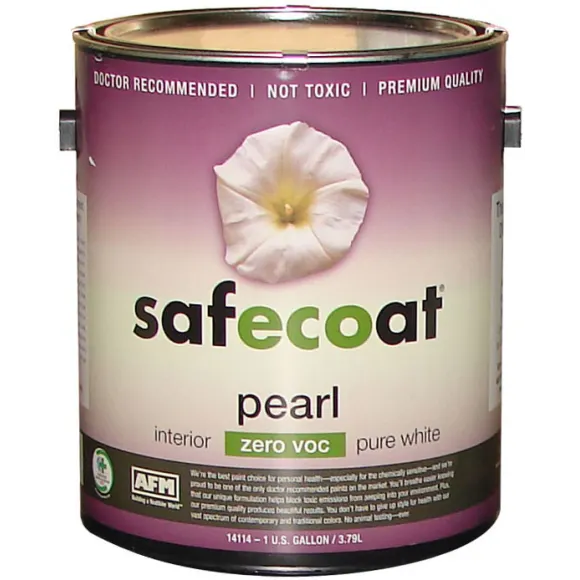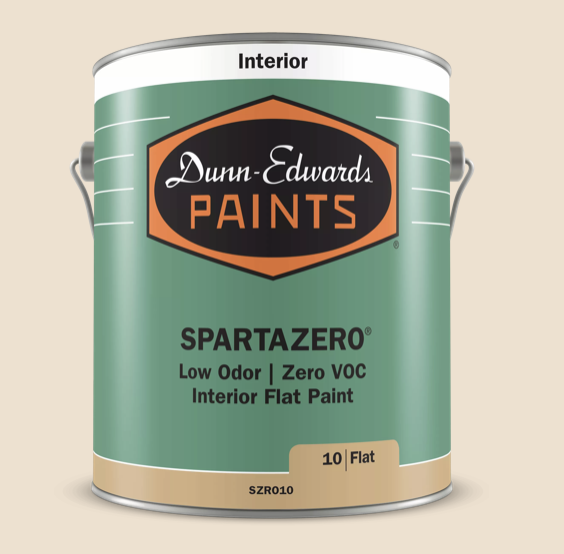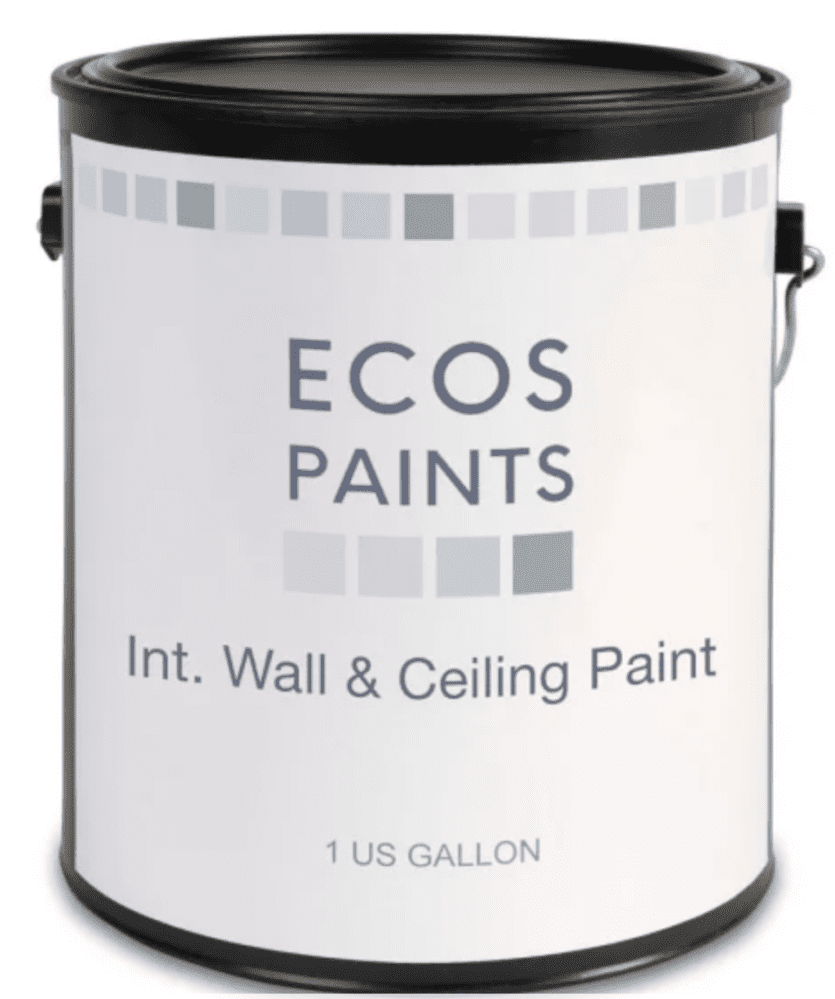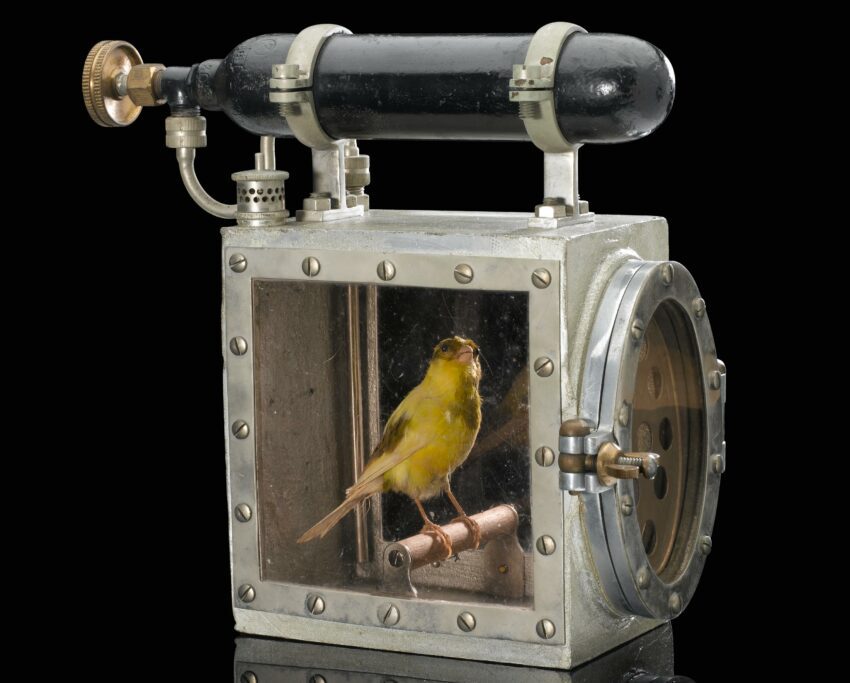
Painting safely in a house with birds
Photo: Canary resuscitator, Science + Industry Museum, Manchester, UK
The idea of placing a warm blooded animal in a mine to detect carbon monoxide was first proposed by John Scott Haldane in 1895.,[2] and canaries were used as early as 1896.[3][4][5][6] Well into the 20th century, coal miners brought canaries into coal mines as an early-warning signal for toxic gases, primarily carbon monoxide.[7] The birds, being more sensitive, would become sick before the miners, who would then have a chance to escape or put on protective respirators. In some cases, the canaries were kept in cages with dedicated oxygen tanks so the birds could survive after their illness provided a warning.[8]
Sentinel species—Wikipedia
If you weren’t already aware, the “canary in the coal mine” idiom is absolutely true. Birds have radically different respiratory systems than any other creature, making them more susceptible than humans to airborne irritants.
There are some common sense recommendations for painting around birds at the end of this article, but mostly this is about the hardest part of this process: selecting a safe paint. There is considerable confusion on this topic and paint companies don’t make it easy on us. Sometimes they are even intentionally deceptive. The good news is that safe paint is far easier to find than it was even 10 years ago.

What are VOCs?
VOCs are Volatile Organic Compounds, which are molecules that can evaporate and become airborne at room temperature. When something like a new car or furniture or perfume has an odour, those are VOCs you’re smelling.
When you start applying paint to a wall, molecules in the paint begin to separate from the liquid and float in the air, where they can be inhaled by you or your birds. Make sense?

Are VOCs bad?
Nearly all paint will contain VOCs but in widely varying amounts. Some compounds in paint have been deemed harmless, others may cause acute symptoms like dizziness and headaches, and still others may be carcinogenic.
You can spend a lot of time researching all the hundreds of potential chemicals that paint can contain, and even then, a majority of them have never been studied for long-term health effects. Finding paints that keep VOCs to a minimum is much more fruitful.
Health effects of inhaling VOCs may include:
Eye, nose and throat irritation; Headaches, loss of coordination and nausea; Damage to liver, kidney and central nervous system. Some organics [chemicals] can cause cancer in animals, some are suspected or known to cause cancer in humans.
[…]
Concentrations of many VOCs are consistently higher indoors (up to ten times higher) than outdoors.
US Environmental Protection Agency—Volatile Organic Compounds’ Impact on Indoor Air Quality
VOCs are also a major component of smog, with well-understood ill health effects. When you paint your house, you may be contributing to urban smog.

VOCs are measured in grams per litre (g/L). Most advanced countries have a maximum allowable VOC content for paint. For example, the EU limit is 400 g/L, while it’s as low as 50 g/L in some regions of California. It’s getting increasingly difficult to find paint that exceeds 50 g/L as paint manufacturers see the writing on the wall. Which you may want to paint over. 😃
How do I find the VOC content of paint?
This depends a lot on where you live in the world and what the regulations are. But here are some places to try.
- It may be printed right on the label.
- It may be available on the manufacturer’s website, on product pages or in an additional document like a Safety Data Sheet (SDS). You may find documents with other names: MSDS, PSDS, or TDS.
- An environmental certification logo on the label may ensure a certain VOC level. The Green Ecolabelling Network is an international network of country-specific certifiers that you can check into to see what their standards are.
- There may be terminology like “Low VOC” or “Zero VOC” on the label that that is specifically regulated to mean something in your country. You’ll have to poke around on some government websites.
- If all else fails, contact the manufacturer. If they won’t provide it, buy another brand.
It’s not paranoid to be sceptical of the claims you see on paint cans. Four large American paint manufacturers were caught deceiving customers about the VOC content of their paint. The offences include advertising “emission-free” paint that wasn’t, labelling products with environmental seals of approval that were created by the companies themselves, and marketing products as “safe” for children and pregnant women without any scientific proof. Well done.
Are there paints that contain no VOCs?
Nowadays, some major brands have No VOC (or very low VOC) paint, as do dozens of smaller companies that only sell non-toxic paint. However, it’s trickier than you would think to get paint with absolutely no VOCs:
- Paint that is labelled “Zero VOC”, at least in the United States, can contain up to 5 g/L of VOCs.
- When you add a colourant to the paint, the colourant can potentially have very high VOC content.
Regarding colourants, you have two choices. You can find a company that uses No VOC colourants, or you can stick to light colours that have low VOC content. Light-coloured walls make it easier to find your birds anyways. 😃 If you can’t get the paint company to provide VOC information for their colourants, shop elsewhere.
Even large paint companies such as US-based Benjamin Moore and Dunn-Edwards offer some No VOC colourants. Be sure to ask, as some companies may have multiple lines of colourants with different VOC contents.
Note: most paint brands will colour match popular paint brands, so don’t be afraid to switch brands.
Here is a sampling of some Zero VOC paints with no VOCs colourants.
Note that two of the biggest names, Behr (sold exclusively in Home Depot) and Sherwin-Williams have product lines that have Zero VOCs (Behr Premium Plus and Sherwin-Williams Harmony). Still, their colourants contain VOCs, and the paints contain anti-microbial chemicals (see the next section).
Avoid anti-microbial paint
Anti-microbial paint boasts the ability to fight bacteria, viruses, and mildew/fungus. It’s a hot thing right now. But there are two big reasons to avoid it:
There’s no proof it’s effective enough to offset the risks.
No evidence is available to suggest that use of these [antimicrobial-impregnated] products will make consumers and patients any healthier or prevent disease.
Centers for Disease Control and Prevention—Guidelines for Environmental Infection Control in Healthcare Facilities
Even if it did work, there is a danger of worsening the antibiotic resistance problem.
In addition to ecotoxicological effects of antimicrobials potentially released from AMCs [Anti-Microbial Coatings], there is also a risk that their release in subtoxic concentrations may induce antimicrobial resistance or select for resistant strains. This happens when the concentration of antimicrobials only inhibits the growth and does not kill all of the targeted microorganisms giving an opportunity to surviving microbial population to develop resistance.
Potential ecotoxicological effects of antimicrobial surface coatings: a literature survey backed up by analysis of market reports—PeerJ—2019
This is the same outcome that was found with anti-bacterial soap. It doesn’t work any better than soap-and-water and breeds more dangerous and resistant microbes. Also, should any of these chemicals or metals get into rivers and oceans, they can be toxic to sea creatures. Everything seems to make it to the ocean eventually.
Myth: oil vs water-based paints
Saying something is “water-based” just sounds so much more safe, doesn’t it? Water-based paint can be just as toxic as oil-based paint. Pay attention to the VOC content and don’t be seduced by delicious water.
Painting tips
Some good practices are generally agreed upon regardless of what paint you choose.
- Move your birds to another location when painting, preferably a separate room with a closing door.
- Using fans and opening windows, keep the area well-ventilated so that the paint dries quickly and VOCs are dissipated into the outside air.
- Don’t move the birds back until the paint has completely dried. This can take several days. Make sure that you can no longer smell fumes before moving the birds back into the room.
- Using an air cleaner can help reduce dust, but one with a specialised filter can also remove VOCs
Given the worldwide increase in wildfires, I always recommend people have a good air cleaner with a VOC filter for their birds. And an extra one for the humans! HEPA filtration is not enough to remove VOCs. Carbon filters can remove VOCs, but their quality varies. This site lists air cleaners that are up to the task. We use the one pictured below, which currently sells for $360, but you need to be sure to buy the “Dual Protection” filters that are more suited to smoke/VOC removal.
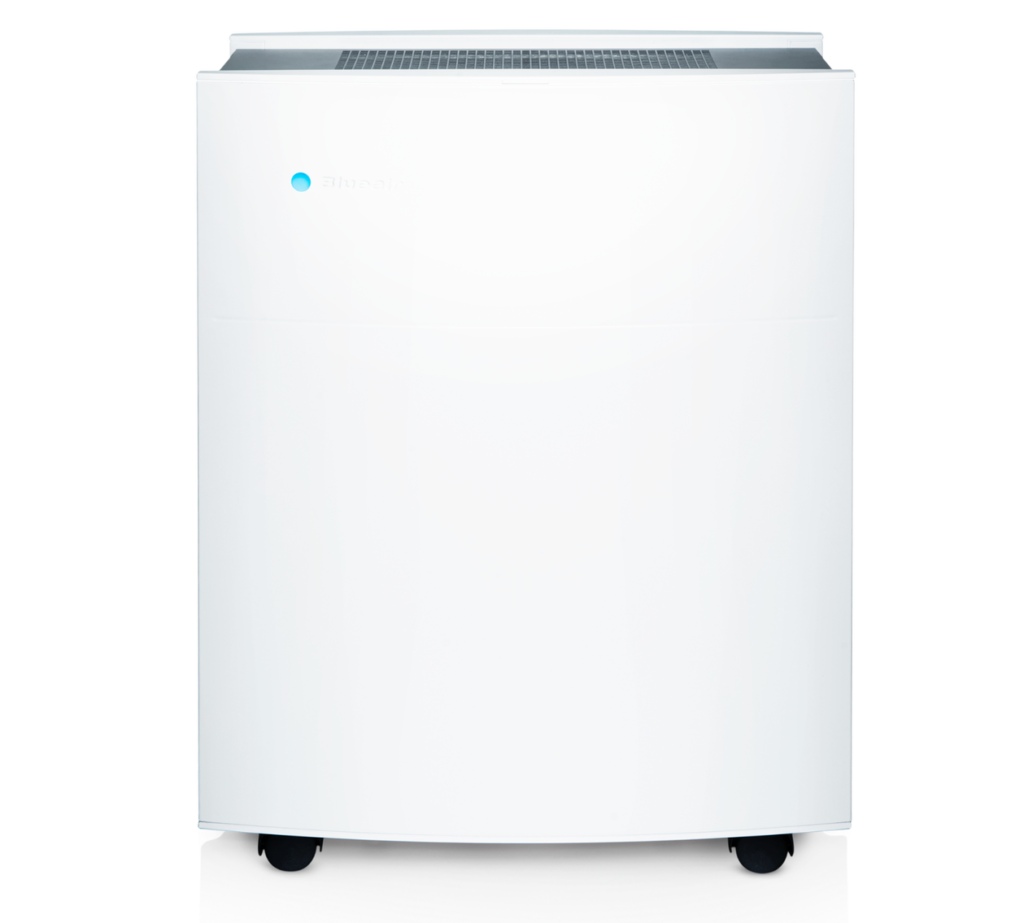
Comic relief
Dear Sherwin-Williams,
It’s 2022. Don’t you think it’s time you changed your logo to something that at least pretends to be environmentally friendly? 😃
Conclusion
It’s much more confusing than it needs to be, but the non-toxic paint selection keeps improving yearly. There’s no reason any more to spoil the air quality in your house when painting it. And there’s no reason to endanger the health of your birds, either. 🦜

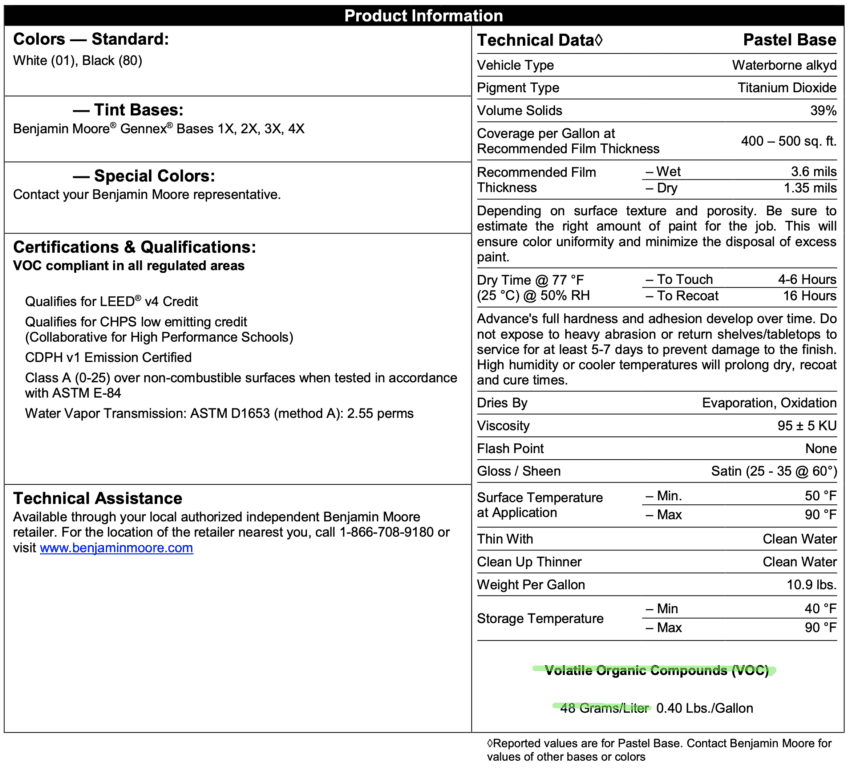
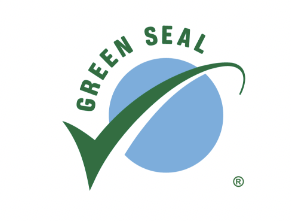
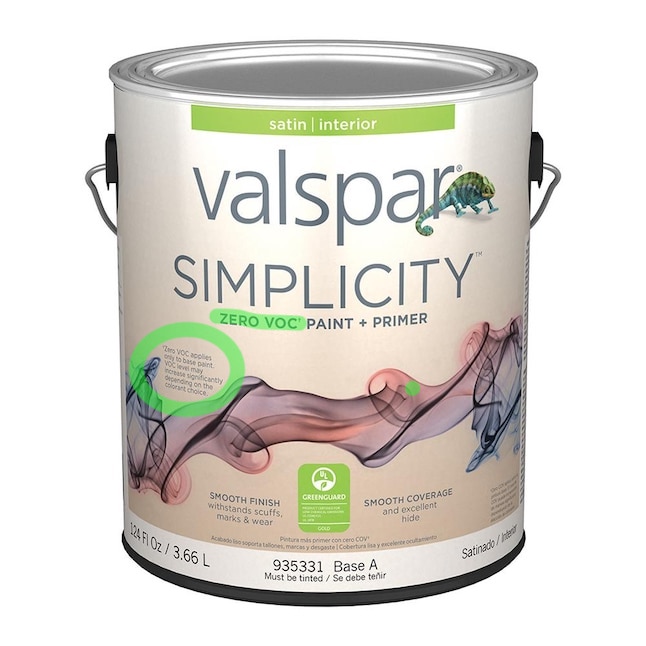 " data-envira-height="300" data-envira-width="300" />
" data-envira-height="300" data-envira-width="300" />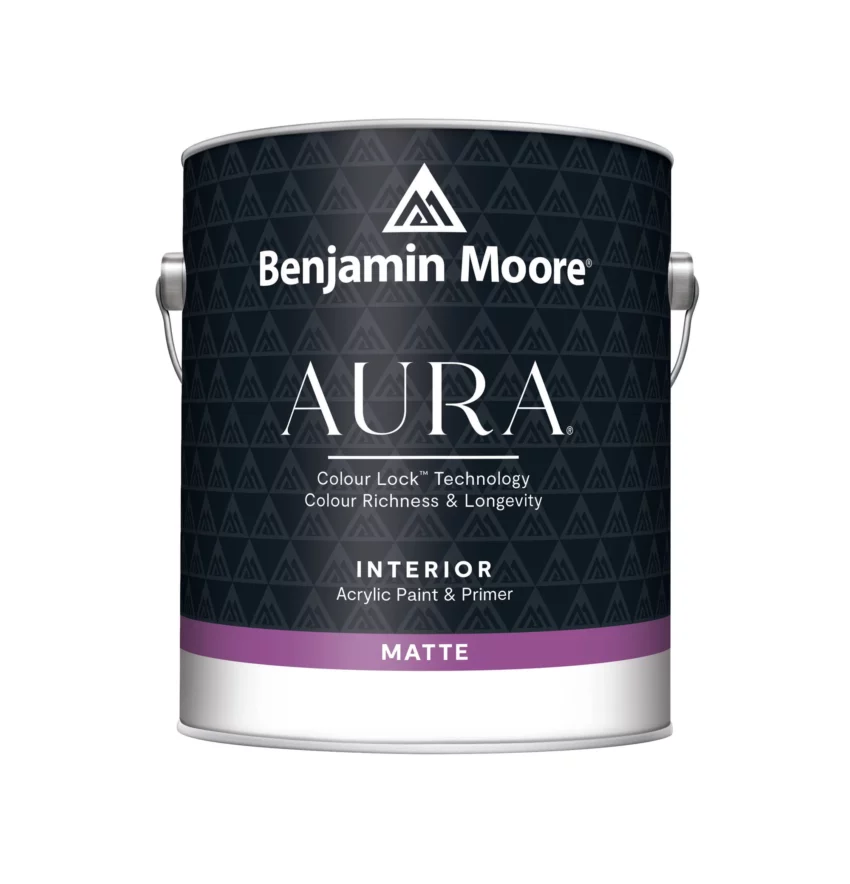 " data-envira-height="300" data-envira-width="289" />
" data-envira-height="300" data-envira-width="289" />